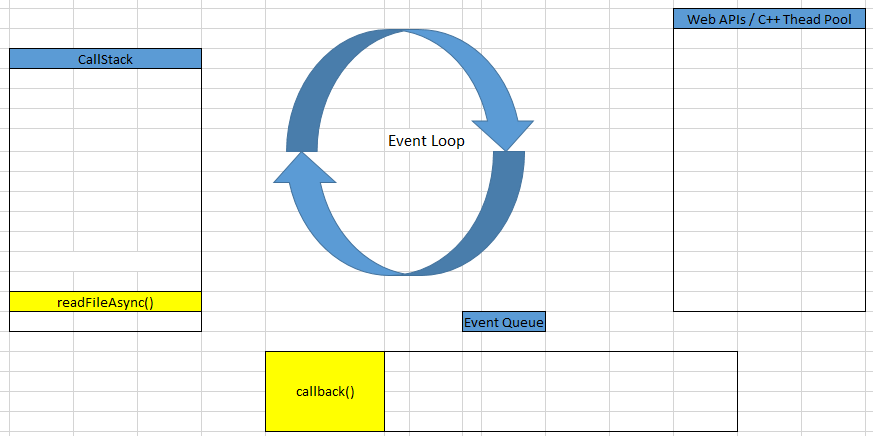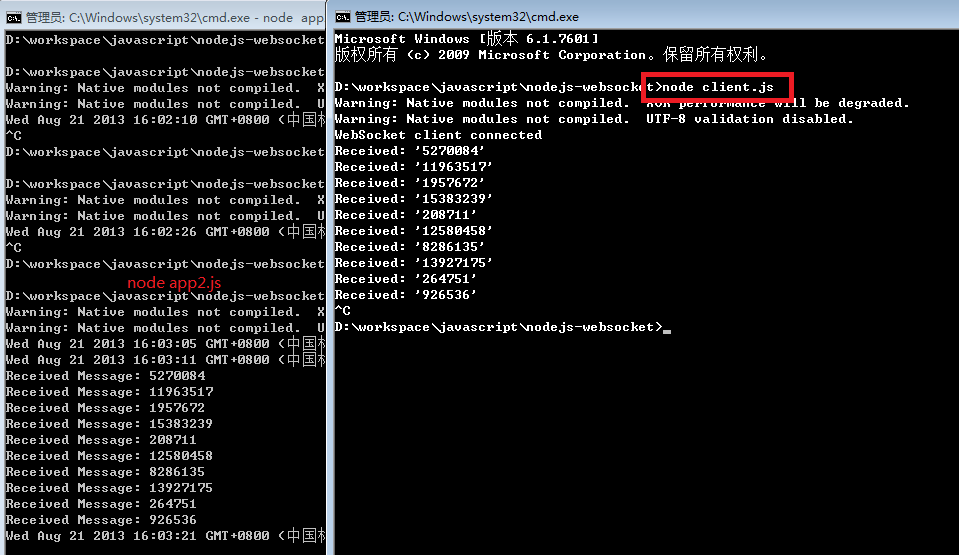

Please note that all scheduling methods do not guarantee the exact delay.įor example, the in-browser timer may slow down for a lot of reasons: The browser limits the minimal delay for five or more nested calls of setTimeout or for setInterval (after 5th call) to 4ms.Zero delay scheduling with setTimeout(func, 0) (the same as setTimeout(func)) is used to schedule the call “as soon as possible, but after the current script is complete”.Nested setTimeout calls are a more flexible alternative to setInterval, allowing us to set the time between executions more precisely.To cancel the execution, we should call clearTimeout/clearInterval with the value returned by setTimeout/setInterval.args) allow us to run the func once/regularly after delay milliseconds. That limitation comes from ancient times and many scripts rely on it, so it exists for historical reasons.įor server-side JavaScript, that limitation does not exist, and there exist other ways to schedule an immediate asynchronous job, like setImmediate for Node.js.
Settimeout nodejs code#
The setTimeout function doesn’t block other code and the rest of the code is executed and after a specified time the code inside setTimeout function is executed. The similar thing happens if we use setInterval instead of setTimeout: setInterval(f) runs f few times with zero-delay, and afterwards with 4+ ms delay. The setTimeout () executes the function passed in the first argument after the time specified in the second argument. The setTimeout () function accepts many parameters, two of which are compulsory while the rest are optional. The setTimeout () method is an asynchronous method that allows us to execute a function once after given time intervals. The 4+ ms obligatory delay between invocations comes into play. The setTimeOut() function is an asynchronous function used to execute a piece of code after a specified amount. Use the setTimeout () Method to Schedule the Execution of Codes in Node.js. This document talks about various queues concerning EventLoop to better understand how best to use Promises, Timers (setTimeout etc) V8 Engine works.

This method is used to schedule the execution of code after a given period in milliseconds. In this section, we will look at the Node.js setTimeout() method. As discussed earlier, Node.js API provides utilities, which enable us to execute code at a later time based on our requirements. If (start + 100 < Date.now()) alert(times) // show the delays after 100msĮlse setTimeout(run) // else re-schedule Eventloop in NodeJS: MacroTasks and MicroTasks. Scheduling timers using setTimeout() method. Times.push(Date.now() - start) // remember delay from the previous call Cancel interval timer : To cancel one interval timer or a timer created by setInterval, the below method is used : clearInterval(obj) Here, obj is a Timeout object returned by the setInterval method.


 0 kommentar(er)
0 kommentar(er)
